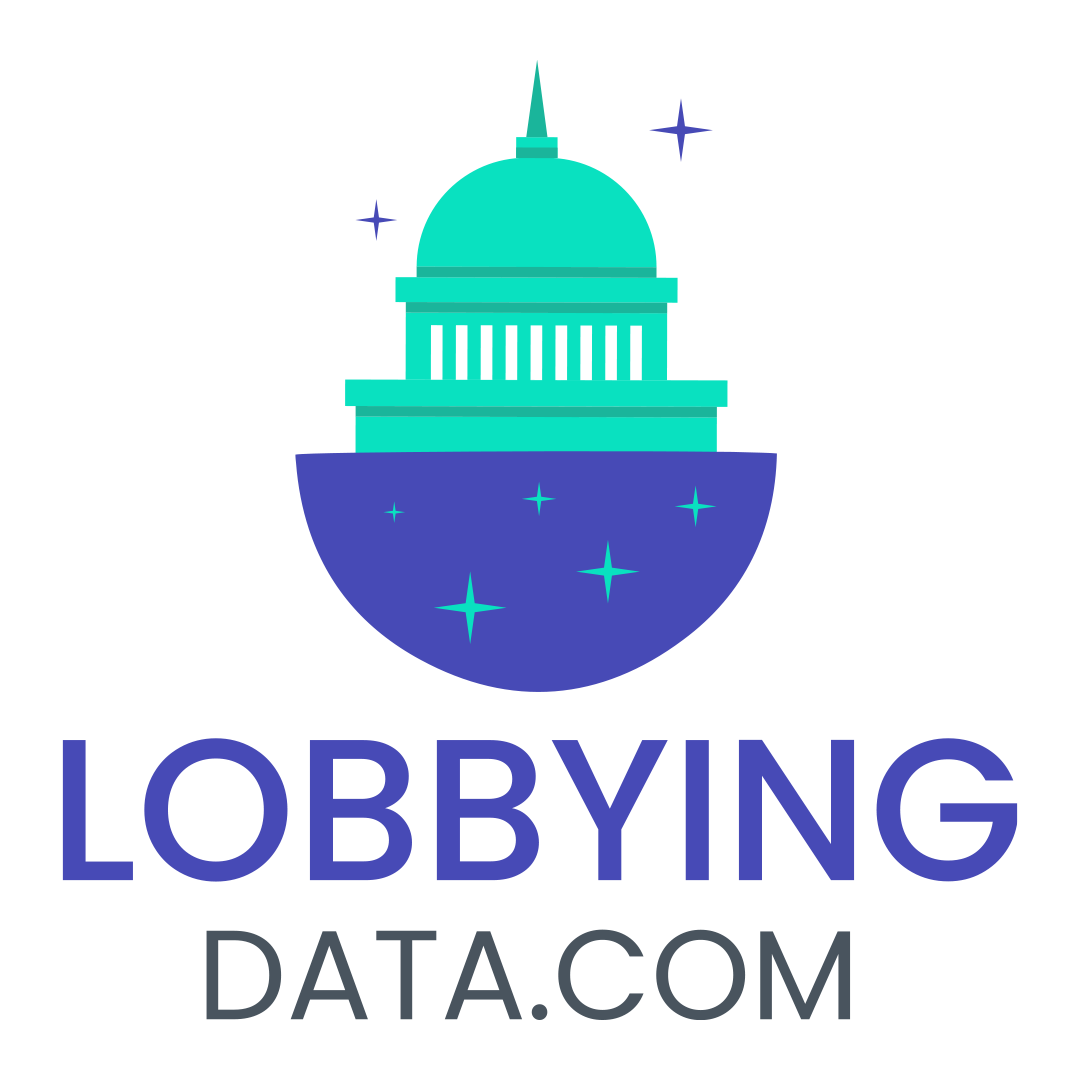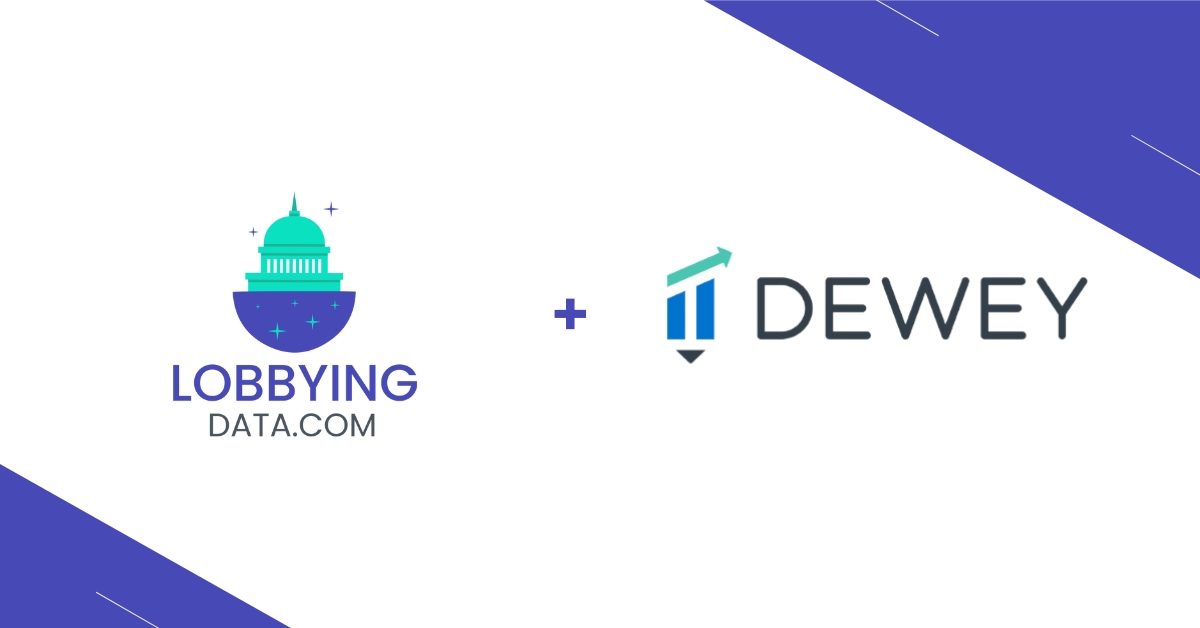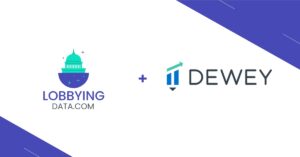Lobbying is a significant aspect of the political process that involves individuals or organizations influencing public policies and legislation. It is essential to analyze lobbyist data to understand the interests and priorities of different groups, which play a vital role in shaping public policies. However, analyzing lobbying data requires critical thinking, research, and data analysis skills. In this article, we will discuss key factors to consider when analyzing lobbying data.
Understanding Lobbyist Data
Lobbyist data refers to information about individuals, firms, or organizations that seek to influence policymaking. This data includes information about the amount and nature of lobbying activities, the issues or policies they are lobbying for or against, and the elected or appointed officials they are targeting. It is essential to understand the different types of lobbyists and their roles in lobbying activities. Registered lobbyists are required to disclose their clients, lobbying activities, and financial details, which are publicly available. In contrast, unregistered lobbyists, such as grassroots organizations or trade associations, are not required to disclose their lobbying activities. Therefore, understanding the different types of lobbyists and their roles in lobbying activities is crucial in analyzing lobbyist data.
Analyzing Lobbying Trends
Analyzing lobbying trends involves examining the data to identify patterns, changes, and trends in lobbying activities. This analysis helps to understand the priorities and interests of different groups over time. One way to analyze lobbying trends is to examine the issues or policies that lobbyists are lobbying for or against. This analysis helps to identify the issues that are receiving the most attention and to understand the changes in priorities over time. Another way to analyze lobbying trends is to examine the targeted officials or the branches of government they are targeting. This analysis helps to identify the officials or branches of government that are receiving the most attention and to understand the changes in priorities over time.
Conclusion
Analyzing lobbyist data is essential in understanding the interests and priorities of different groups and their influence on policymaking. Understanding lobbyist data requires critical thinking, research, and data analysis skills. By understanding the different types of lobbyists and their roles in lobbying activities and analyzing lobbying trends, we can gain insights into the priorities and interests of different groups and their influence on policymaking.







